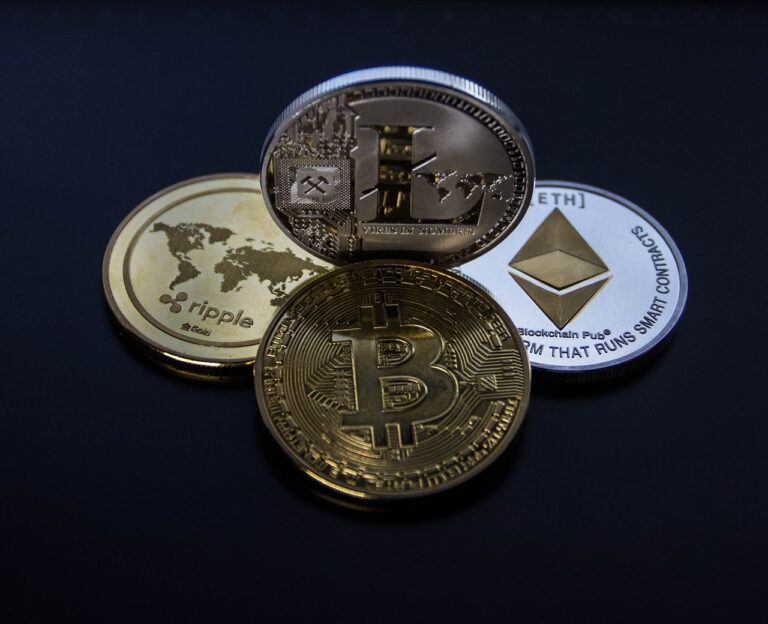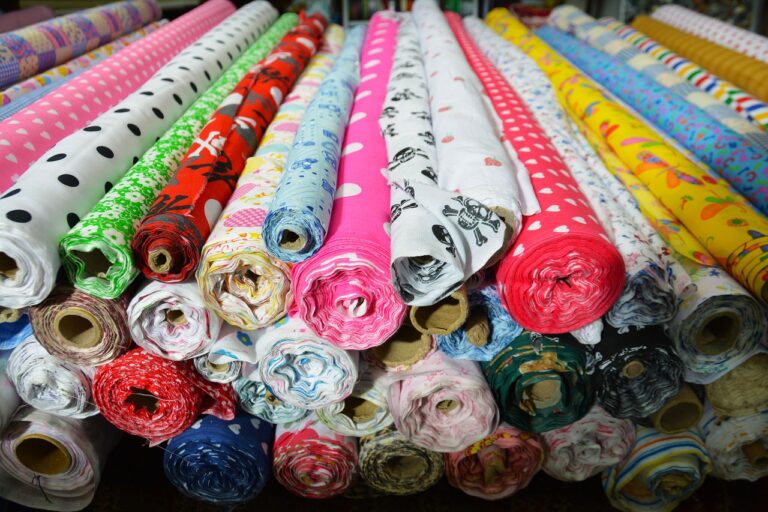The Circular Economy: Redefining Business Models for Sustainability
The circular economy is a concept that aims to minimize waste and maximize the use of resources by promoting the continual use and reuse of products and materials. It focuses on creating a sustainable system where resources are kept in circulation for as long as possible, rather than being used once and then discarded.
This approach emphasizes the importance of designing products with longevity in mind, as well as promoting repair, refurbishment, and recycling to extend their lifecycle. By shifting away from the traditional linear economy model of take, make, and dispose, the circular economy presents a more sustainable and environmentally friendly way of managing resources and reducing the impact of consumption on our planet.
Benefits of Implementing Circular Economy Practices
One significant benefit of implementing circular economy practices is the reduction in waste generation. By focusing on reusing, repairing, and recycling products rather than immediately discarding them, businesses can decrease the amount of waste sent to landfills. This not only conserves valuable resources but also minimizes environmental pollution and reduces the overall carbon footprint of the company.
Another advantage of embracing circular economy practices is the potential for cost savings. By adopting a more sustainable approach to production and consumption, businesses can often find efficiencies in their processes that lead to lower operational expenses. Additionally, reusing materials and products can help companies save money on raw materials, as well as decrease disposal costs associated with waste management.
Examples of Companies Successfully Embracing the Circular Economy
In the tech industry, Apple stands out for its commitment to the principles of the circular economy. The company has made strides in product design, including using recycled materials in the manufacturing process and offering trade-in programs for old devices. By embracing a closed-loop system, Apple aims to reduce waste and lessen its environmental impact, setting a positive example for other companies to follow.
Another notable company embracing the circular economy is Patagonia, a renowned outdoor apparel brand. Patagonia not only produces high-quality, durable clothing but also offers a repair and reuse program to extend the lifespan of their products. Additionally, the company encourages customers to buy pre-owned gear through their Worn Wear initiative, further promoting the importance of sustainability and mindful consumption.
• Apple has incorporated recycled materials in their product design
• Offers trade-in programs for old devices
• Aims to reduce waste and lessen environmental impact through closed-loop system
• Patagonia offers repair and reuse program for their products
• Encourages customers to buy pre-owned gear through Worn Wear initiative
• Promotes sustainability and mindful consumption in the outdoor apparel industry
What is the Circular Economy?
The Circular Economy is an economic system aimed at eliminating waste and promoting the continual use of resources through strategies such as recycling, reusing, and remanufacturing.
What are the benefits of implementing Circular Economy practices?
Implementing Circular Economy practices can lead to reduced waste generation, lower resource consumption, cost savings, increased innovation, and enhanced sustainability efforts.
Can you provide examples of companies successfully embracing the Circular Economy?
Yes, some examples of companies successfully embracing the Circular Economy include Unilever, Patagonia, Interface, and Philips. These companies have implemented strategies to reduce waste, promote recycling, and extend the life cycle of their products.







